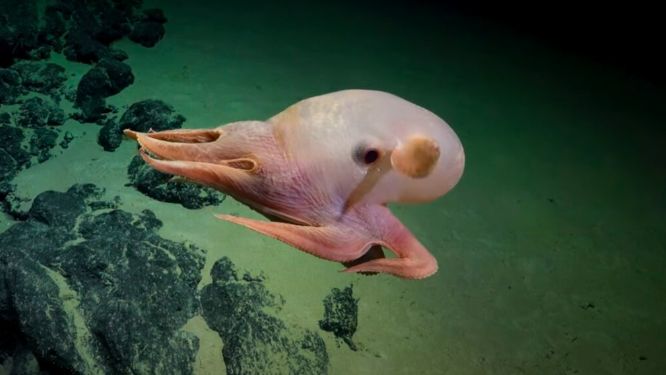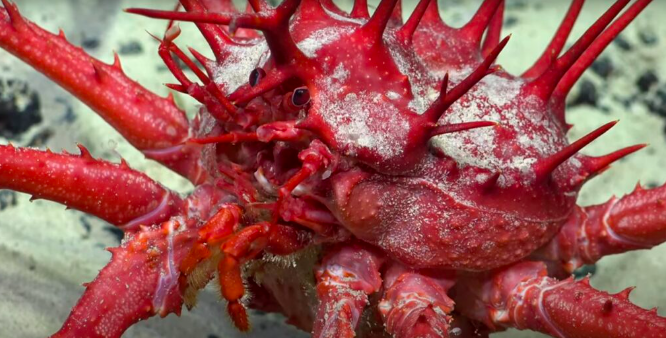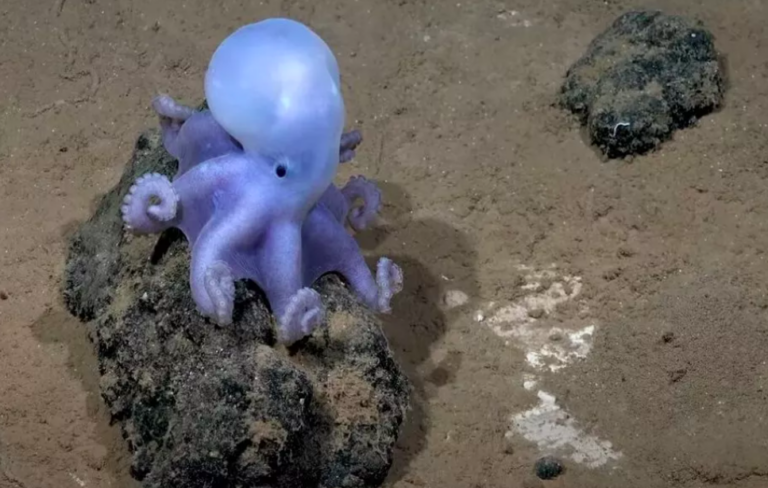Although we now know a great deal about creatures living in the ocean’s depths, there are still unexplored ecosystems waiting to be discovered by humans. Recently, scientists identified 20 new species of life in an underwater ecosystem they found in international waters, and they expect to find even more.
The Nazca Ridge Expedition
Thanks to modern technologies allowing deep-sea exploration with unprecedented precision, scientists discovered the Nazca Ridge, an underwater mountain range located about 1,500 kilometers off the coast of Chile in the southeast Pacific. The undersea mountain, around 3 kilometers tall, hosts a rich ecosystem, including an untouched coral reef the size of three tennis courts and a “garden” of sponges.

Using the research vessel Falkor and a remotely operated vehicle, SuBastian, scientists collected photos and samples from the sea floor with far more accuracy than satellite images could provide.
According to Jyotika Virmani, director of the Schmidt Ocean Institute, the newly discovered species include anemones, sea urchins, corals, shrimp, and flat lobsters. She also mentioned that whale bone fossils might lead to the discovery of a new species of ancient whale.
Additionally, the mission produced the first recorded sighting of the rare and enigmatic squid Promachoteuthis.
The “pristine” ecosystem, as it was described, remains largely unaffected by pollution due to its remoteness. It is considered a high-priority area for international marine protection and is potentially one of the first protected ecosystems in international waters due to its incredible biodiversity and unusual geology—along with the unique physical and chemical characteristics of the region.

What Scientists Discovered
Earlier expeditions to the Salas y Gómez and Nazca Ridges in January and February recorded over 150 species that were previously unknown. While satellite data indicated the existence of the Nazca Ridge, it was off by around 700 meters and provided no information on the height of the mountain range. Another 25 new underwater mountain ranges were discovered in the area, some showing volcanic activity.
“This is a region where many tectonic plates meet, creating mountain chains,” said Virmani.
Currently, about 26% of the seafloor has been mapped in high resolution.
“We are working toward full mapping of the seafloor,” Virmani said. “This will be the first time in human history that we truly know the shape of our planet.”

The expedition’s findings were deemed critically important for understanding life in the deep-sea pelagic zone, which lies at depths of 1,000 to 4,000 meters and is the Earth’s largest animal ecosystem, the researchers explained.
Virmani expects scientists to continue discovering new marine species as they further explore the ocean.
As Virmani stated: “Every time we go into the ocean, we find something new. So, it’s almost like we expect to find something every time we go. I think we’d be disappointed if we didn’t.”
Ask me anything
Explore related questions





